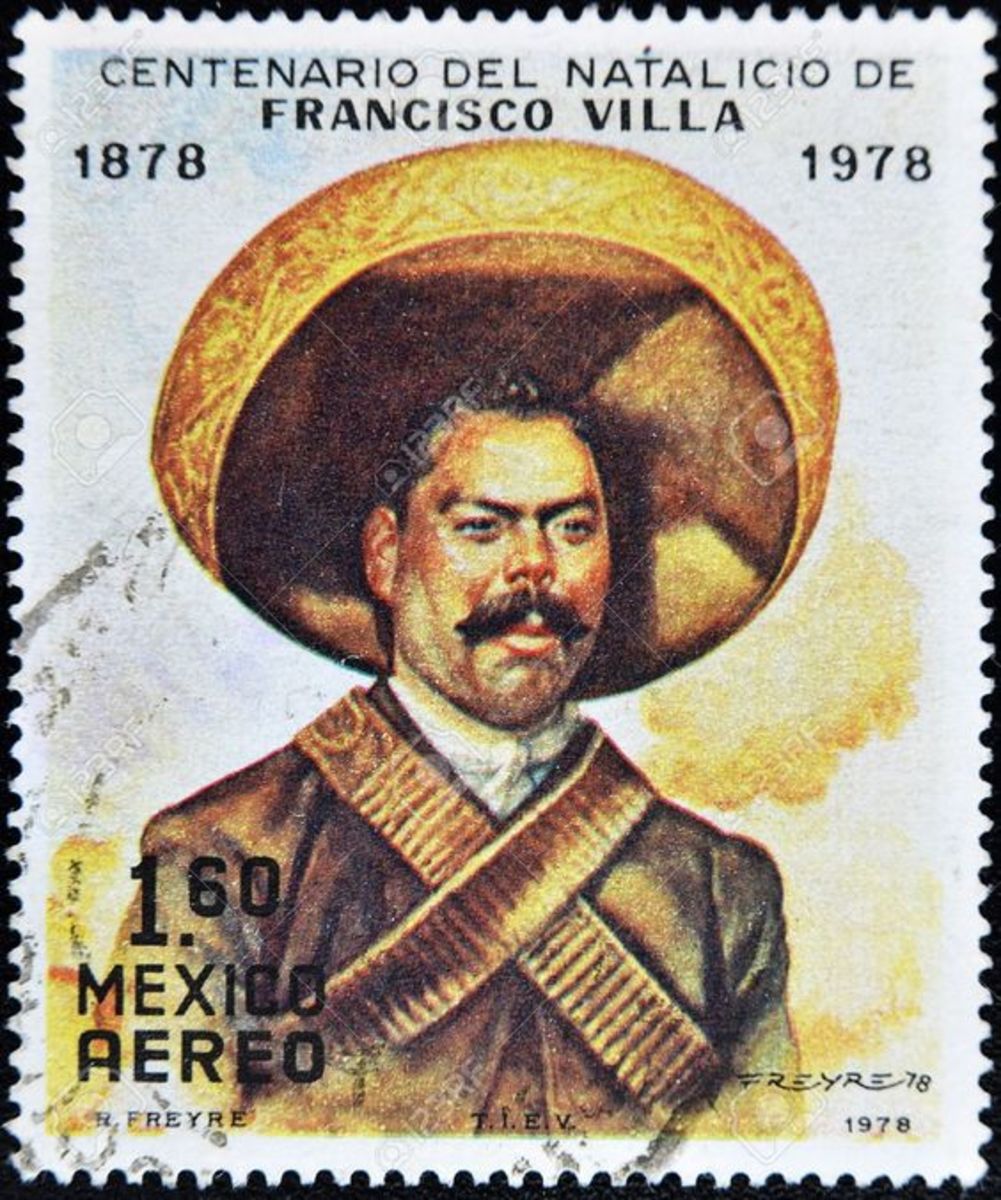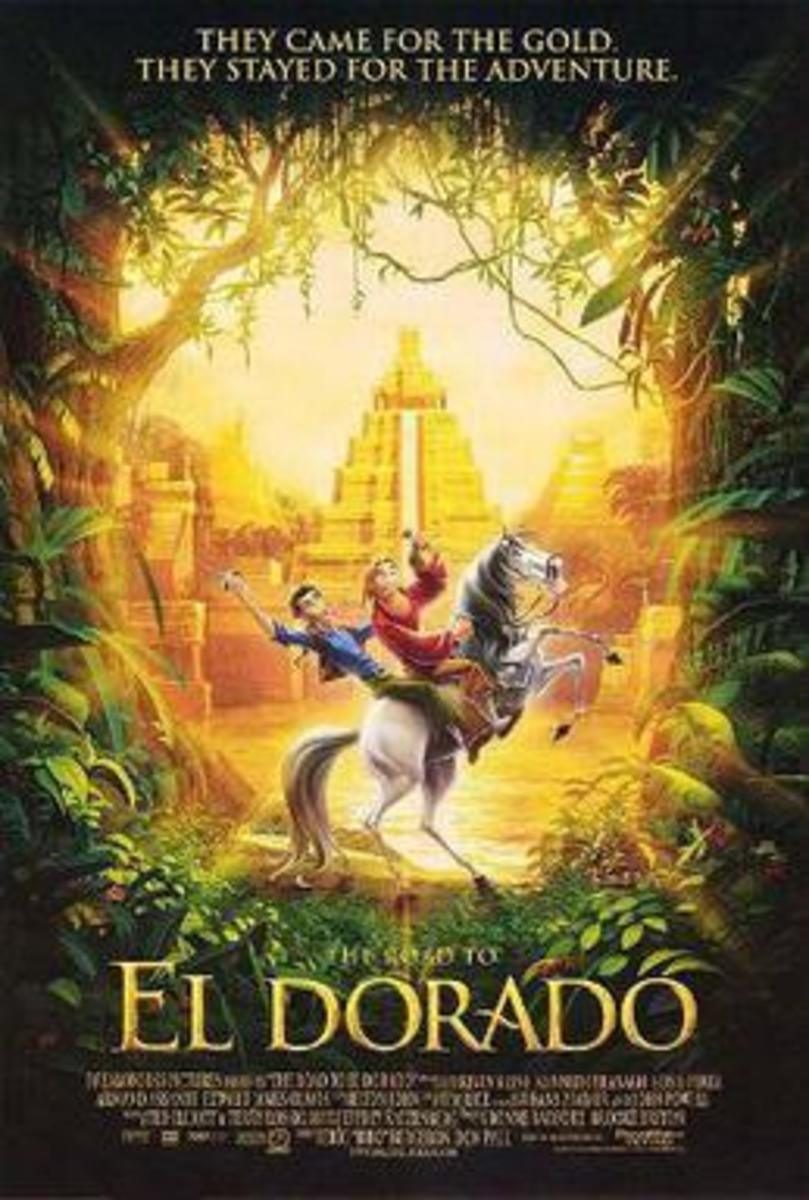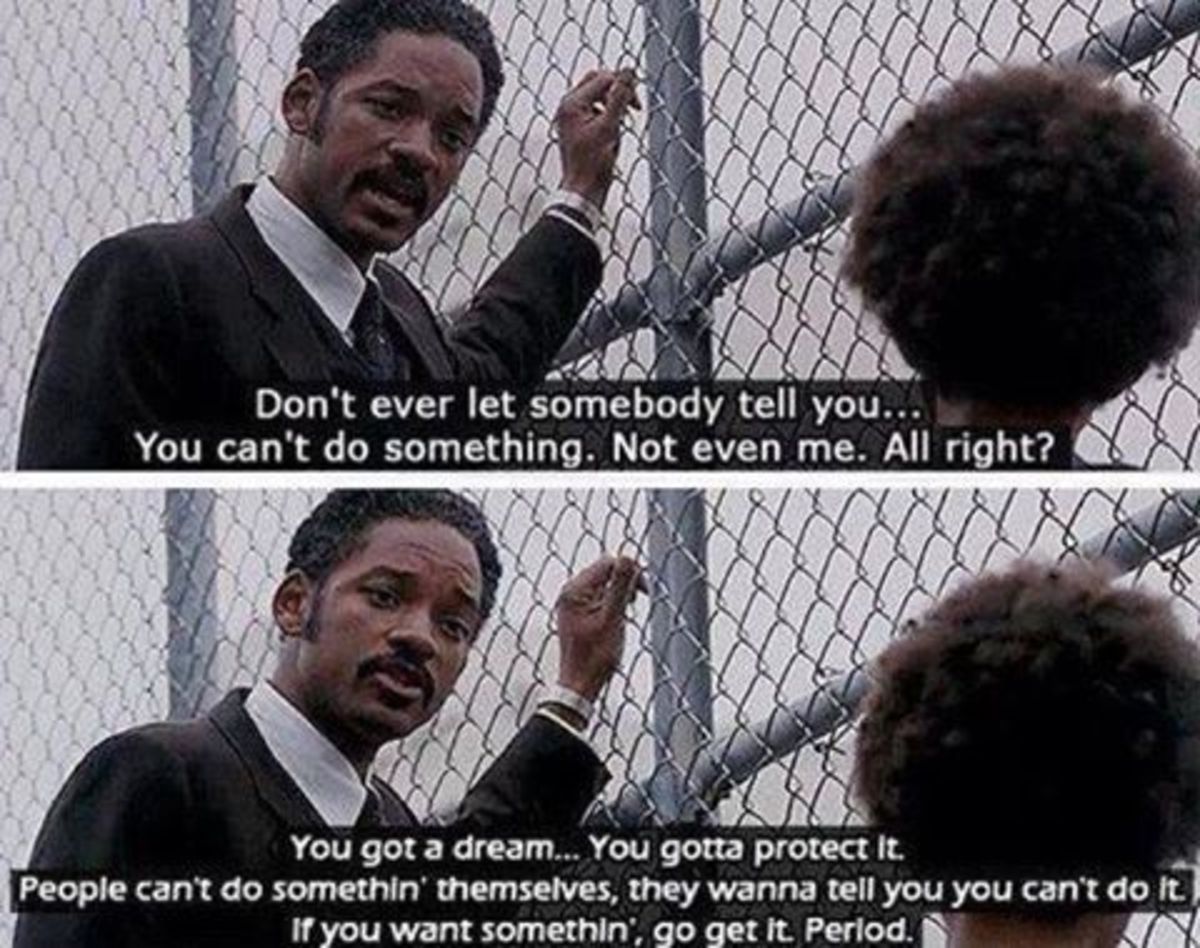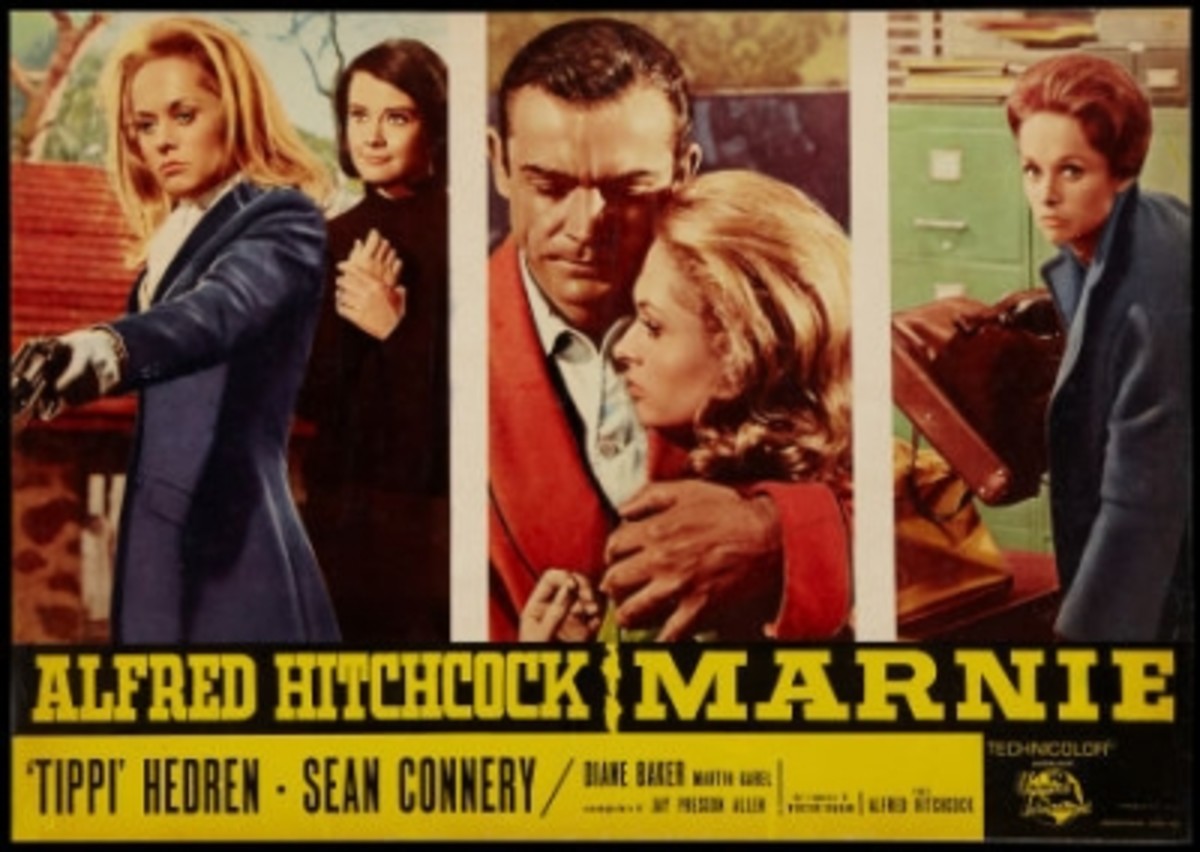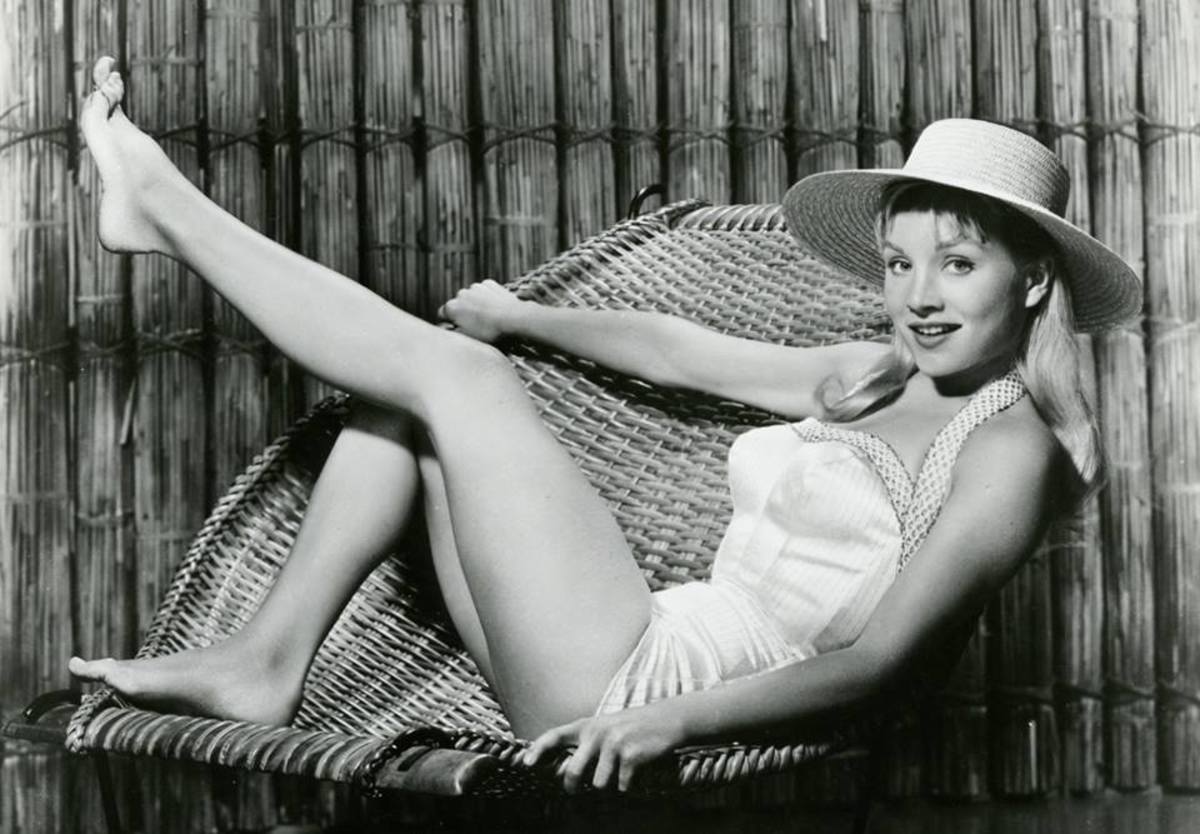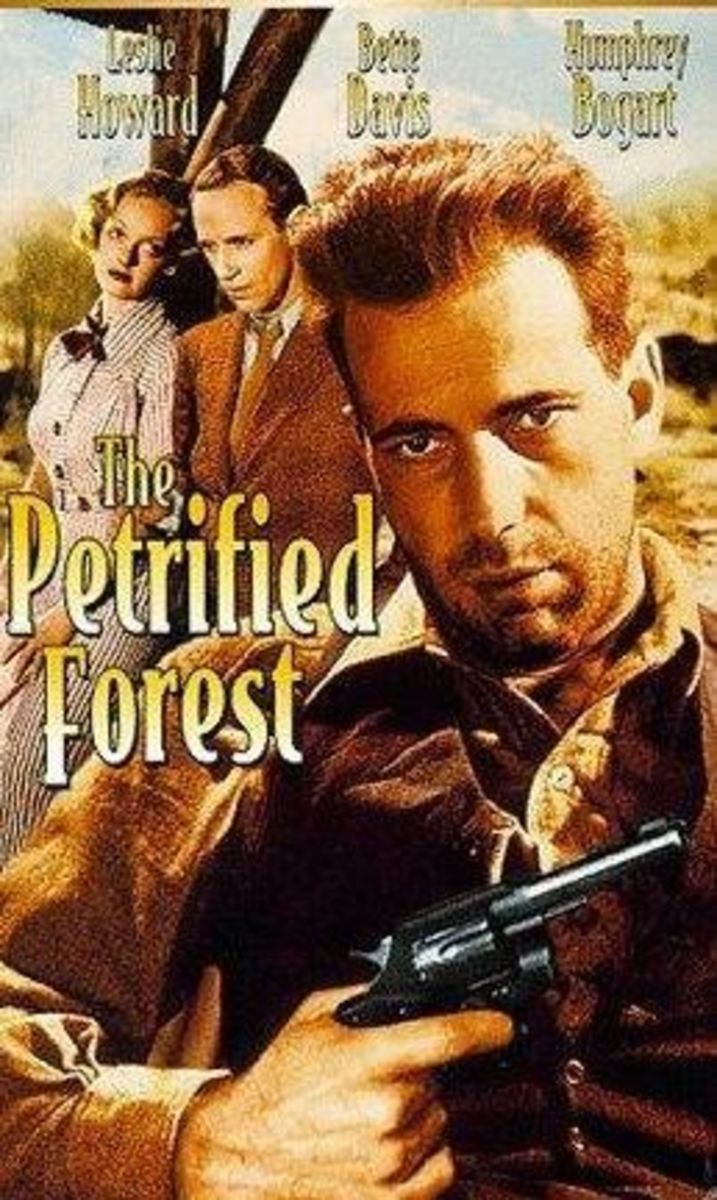Blu-ray Review: 'Bad Times at the El Royale' (2018)
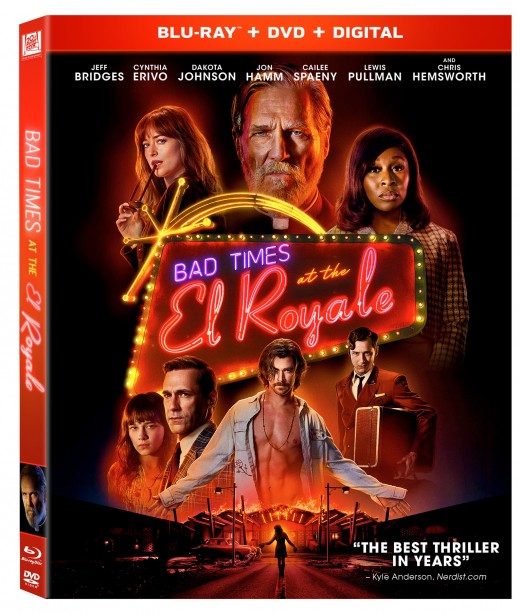
My film review of Bad Times at the El Royale can be read here. Here’s the bottom line:
“It’s as if Drew Goddard looked at James Mangold’s 2003 psychological thriller Identity and decided to reboot it as his own personal property with watered down Quentin Tarantino influences sprinkled throughout. There are also hints of Psycho in its formula as well as Bad Times at the El Royale feeling like the better version of Hotel Artemis. El Royale has so many films it reminds you of and fails to have its own unique traits bleed through its familiar influences. Goddard has essentially created this conjoined twin of a film that is often ugly, misshapen, and difficult to stomach but when it works its amazing cast is able to soar and its 140-minute runtime compels.”
The extras are fairly light for the DVD/Blu-ray for Bad Times at the El Royale. There’s a Gallery containing 41 images of concept art and set photos, the Teaser Trailer, the Theatrical Trailer, and Sneak Peeks of Widows, Red Sparrow, and Sorry to Bother You, but the bread and butter of the special features is a 28:35 behind the scenes featurette.
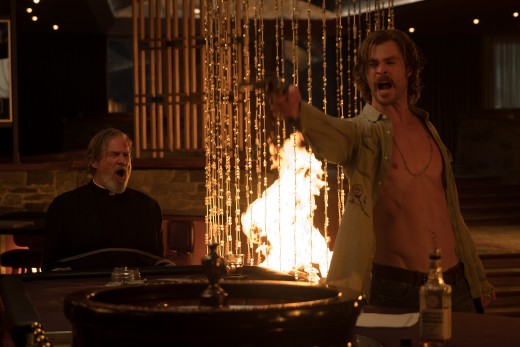
Making Bad Times at the El Royale
There’s a ton of information to process buried within this featurette that falls just under the 30-minute mark. Here are some highlights:
- The screenplay was unlike anything any cast member had ever come across. Its unique qualities were appealing to everyone involved.
- The film takes places on one set built on a sound stage meaning they built the entire hotel from the ground up and destroyed it all by the end of the film.
- The film features a giant clock in the middle of the lobby, which is usually incredibly troublesome for filmmakers. However, writer/director Drew Goddard knew precisely what time was supposed to be shown throughout filming.
- The California/Nevada border not only divides the hotel, but is also separated by one side facing east and the other west while the California side incorporates warmer tones and colors while Nevada utilizes warmer.
- Every decision in the film had meaning behind it, especially the use of colors. The color red is used sparingly (the border line leading to the jukebox and the tip of the lights of a chandelier in the middle of the lobby) while the color green is only used once (Darlene Sweet’s (Cynthia Erivo) dress at the end of the film). Orange, yellow, and brown symbolized California while Nevada integrated blue and silver.
- Everything in the film was custom printed.
- Goddard landed his dream cinematographer in Seamus McGarvey. The two of them made the decision to shoot on film because there was a desire to show the graininess that comes with it. They shot on celluloid and also used anamorphic lenses to make each shot as wide as possible. With the film being a noir, Goddard states that lighting is basically its own character in the film.
- Like the Guardians of the Galaxy films, the music was crucial. Goddard referred to it as the eighth character in the film.
- There was a push to studios to not purchase the screenplay if they weren’t interested in getting the rights to the music.
- Cynthia Erico sang live on-set in every take. There was no pre-recording. She sang songs in their entirety twenty plus times.
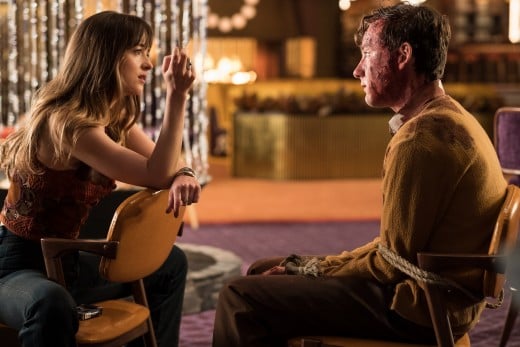
- The film revolves around a complex set of characters. In typical noir fashion, each person isn’t what they seem when they’re first introduced as the story is riddled in layers.
- None of the characters feel similar in any way and are often characterized by their own individuality. The film is essentially seven powerful personalities clashing together.
- Jeff Bridges took black and white photographs the entire shoot, which is something he apparently does on every film. He also has a reputation of being incredible to work with. He knew the names of everyone in front of and behind the camera.
- One of the benefits of Drew Goddard being such a visionary director and meticulous writer is that it allows him and the cast to play on the day of shooting. He wants his cast to tinker with the character he’s written for them and come up with ideas he never thought of. He’s totally open to improvising and suggestions.
The home release of Bad Times at the El Royale does not include any sort of commentary track.
© 2019 Chris Sawin

